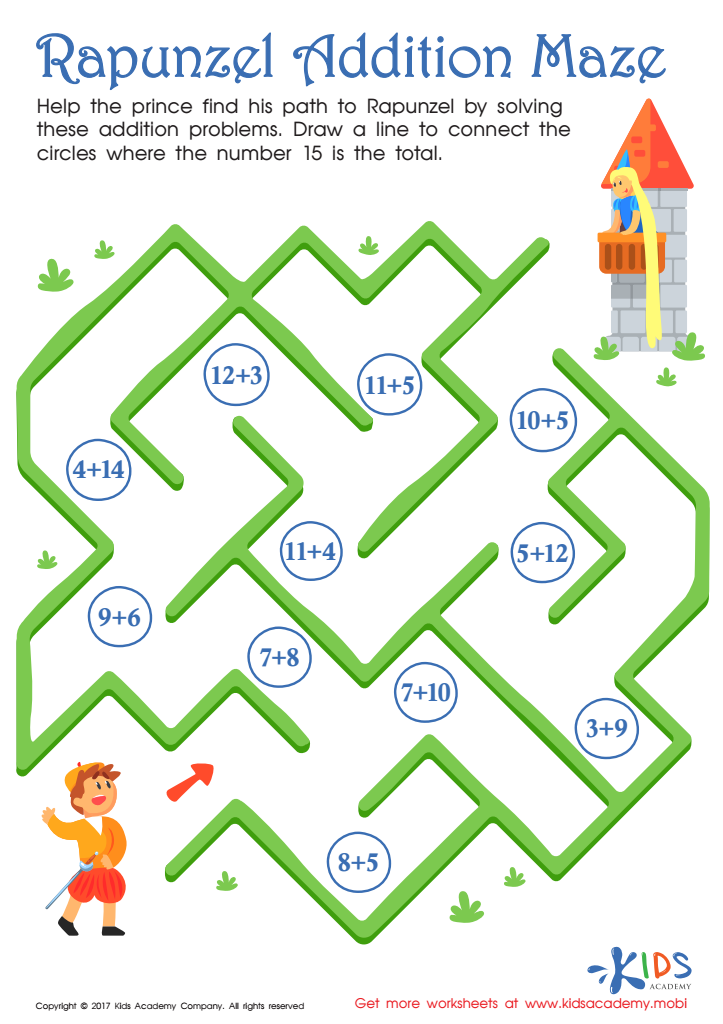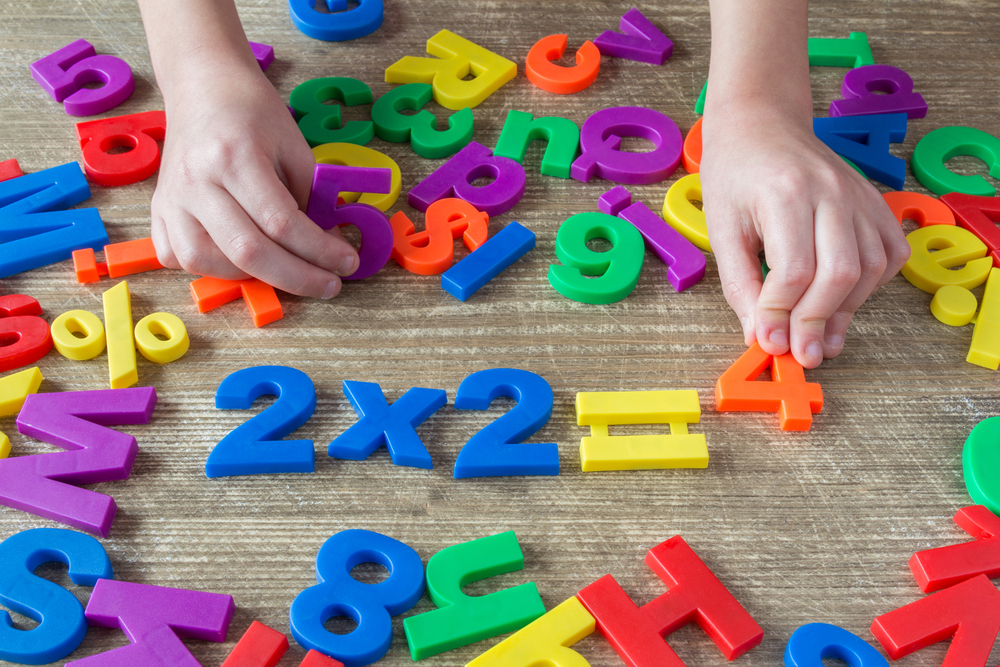Following directions Math Worksheets for Ages 6-8
3 filtered results
-
From - To
Enhance your child's learning experience with our "Following Directions Math Worksheets" specially crafted for ages 6-8. These engaging worksheets focus on developing comprehension and listening skills while solving math problems. Kids will practice essential math concepts through step-by-step instructions, reinforcing their ability to follow directions accurately. With fun activities that combine creativity and critical thinking, these worksheets make learning enjoyable and interactive. Perfect for home or classroom use, our resources are designed to support young learners in building confidence and mastering math skills through intriguing challenges. Encourage your child to thrive academically with our thoughtfully designed worksheets!


Golf Maze: Curved and Flat Surfaces Worksheet


Rapunzel Addition Maze Worksheet
Teaching children to follow directions in math, particularly for ages 6-8, is crucial for their overall learning development. At this stage, children are not only mastering basic arithmetic but also learning essential cognitive and social skills. Following math directions helps strengthen their ability to concentrate, process information, and execute tasks. These skills are invaluable, as they lay the groundwork for critical thinking and problem-solving abilities.
Moreover, successfully following instructions enhances children’s confidence and fosters a sense of accomplishment when they complete tasks correctly. This boost in self-esteem can propel them to explore more complex mathematical concepts and challenges in the future. Additionally, following directions encourages students to develop persistence and resilience, teaching them that mistakes are part of the learning process.
For teachers and parents, fostering a cooperative environment where children learn to listen and apply directions becomes instrumental in creating a positive learning atmosphere. This collaboration helps children structure their learning experiences and encourages better communication between home and school. Overall, prioritizing the ability to follow directions in math not only aids academic success but also equips children with life skills they will continue to need as they grow.

 Assign to My Students
Assign to My Students

















